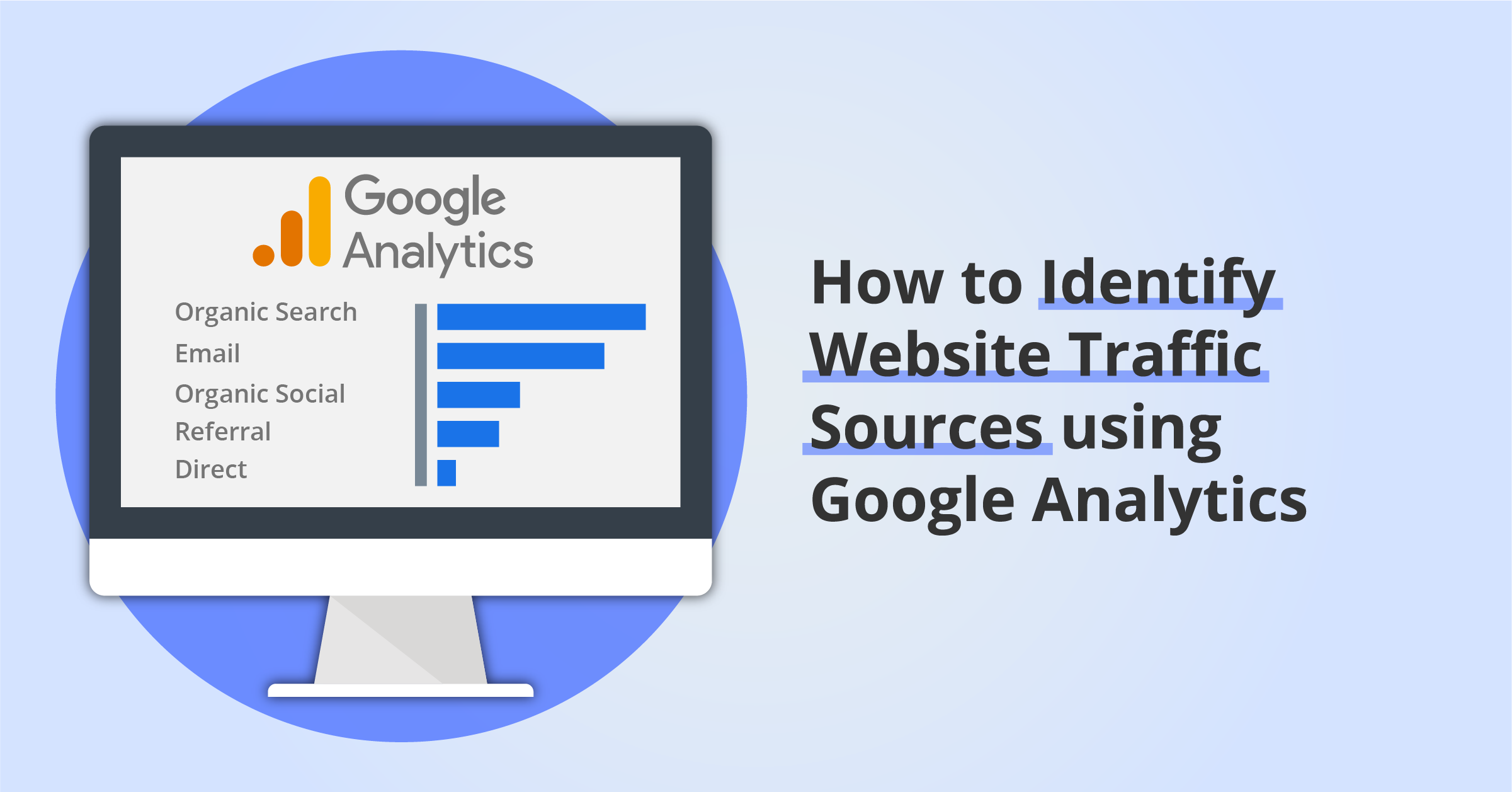Understanding Secondary Dimensions in Google Analytics: Definition and Calculated Assimilation
Understanding Secondary Dimensions in Google Analytics: Definition and Calculated Assimilation
Blog Article
Introducing the Impact of Secondary Measurement in Google Analytics on Data Evaluation and Insights
In the world of data analytics, the utilization of additional measurements within Google Analytics has actually arised as a pivotal tool for drawing out much deeper insights and unraveling complex patterns that may otherwise remain covered. By peeling back the layers of main information collections, second measurements supply a nuanced point of view that enhances the understanding of individual habits, web site efficiency, and the efficiency of advertising methods.
Discovering the Principle of Secondary Dimensions
Second measurements in Google Analytics supply additional understandings by allowing customers to evaluate key data in combination with an additional attribute. By including secondary measurements, customers can dive much deeper into the data and reveal useful relationships that might or else go unnoticed - what is a secondary dimension in google analytics.
Understanding the concept of second dimensions is important for maximizing the possibility of Google Analytics. It enables users to section information effectively, determine patterns, and make informed decisions based upon an extra complete image of their analytics data. By checking out the numerous secondary dimensions offered in Google Analytics, customers can unlock brand-new understandings and optimize their digital marketing efforts. Fundamentally, additional measurements function as a powerful tool for improving information analysis and driving actionable outcomes.
Enhancing Information Analysis With Additional Dimensions
Having actually established the foundational understanding of second measurements in Google Analytics and their essential duty in data analysis, the emphasis currently changes towards leveraging these additional credit to boost the analysis of analytics information (what is a secondary dimension in google analytics). By incorporating second measurements right into data evaluation, experts can get deeper insights right into individual behavior, site efficiency, and marketing performance

Moreover, additional dimensions aid in contextualizing main data metrics by providing extra layers of details. This contextualization help in understanding the 'why' behind the information fads, helping experts make notified decisions and optimizations to enhance general performance. Ultimately, integrating additional measurements enhances the information analysis procedure, resulting in more significant understandings and strategic actions.
Discovering Hidden Insights Via Second Measurements
Discovering the depths of analytics data with additional measurements reveals useful understandings that would certainly otherwise remain obscured. By including additional dimensions in Google Analytics, companies can uncover covert patterns, fads, and correlations that give a more detailed understanding of user behavior and website performance. These added layers of data permit analysts to dive much deeper into the key dimensions, such as web traffic sources or touchdown pages, and gain an extra nuanced point of view on exactly how various variables communicate with each various other.
With the use of second dimensions, experts can try this sector and compare information throughout numerous measurements, enabling them to identify specific aspects that affect customer interaction, conversion rates, and total success metrics. By pairing the primary measurement of 'device classification' with the second dimension of 'age team,' marketing professionals can pinpoint which age demographics prefer accessing the internet site through mobile gadgets versus desktop computers.
Leveraging Secondary Dimensions for Actionable Analytics
Structure upon the insights revealed through second measurements in Google Analytics, businesses can now harness this enriched information landscape to drive actionable analytics and strategic decision-making. By leveraging second dimensions, companies can dive much deeper right into their information to draw out important patterns, trends, and connections that may have formerly gone undetected. This much deeper degree of analysis enables companies to acquire a more extensive understanding of user behavior, project performance, and overall website effectiveness.
One key advantage of making use of secondary measurements for actionable analytics is the ability to section data based upon details standards. This segmentation permits organizations to tailor their projects and approaches to different target market teams, leading to extra targeted and reliable advertising initiatives - what is a secondary dimension in google analytics. Additionally, secondary measurements offer a more alternative sight of user interactions, enabling services to optimize their site content, layout, and overall individual experience
Optimizing Decision-Making With Secondary Dimensions
To enhance strategic decision-making in analytics, leveraging additional measurements in Google Analytics can offer a more nuanced viewpoint on user habits and project efficiency. By incorporating additional measurements right anchor into data analysis, businesses can dive much deeper into the specifics of their site visitors' communications and interaction patterns. This additional layer of information permits a much more thorough understanding of just how different variables, such as demographics, tools, or website traffic resources, influence key efficiency indications.

Final Thought
In conclusion, making use of additional dimensions in Google Analytics plays a crucial duty in enhancing information evaluation and revealing concealed understandings. By discovering this idea, one can gain a deeper understanding of customer habits and make educated decisions based on actionable analytics. Leveraging secondary dimensions permits a more extensive analysis of information and takes full advantage of the performance of decision-making processes.

Report this page